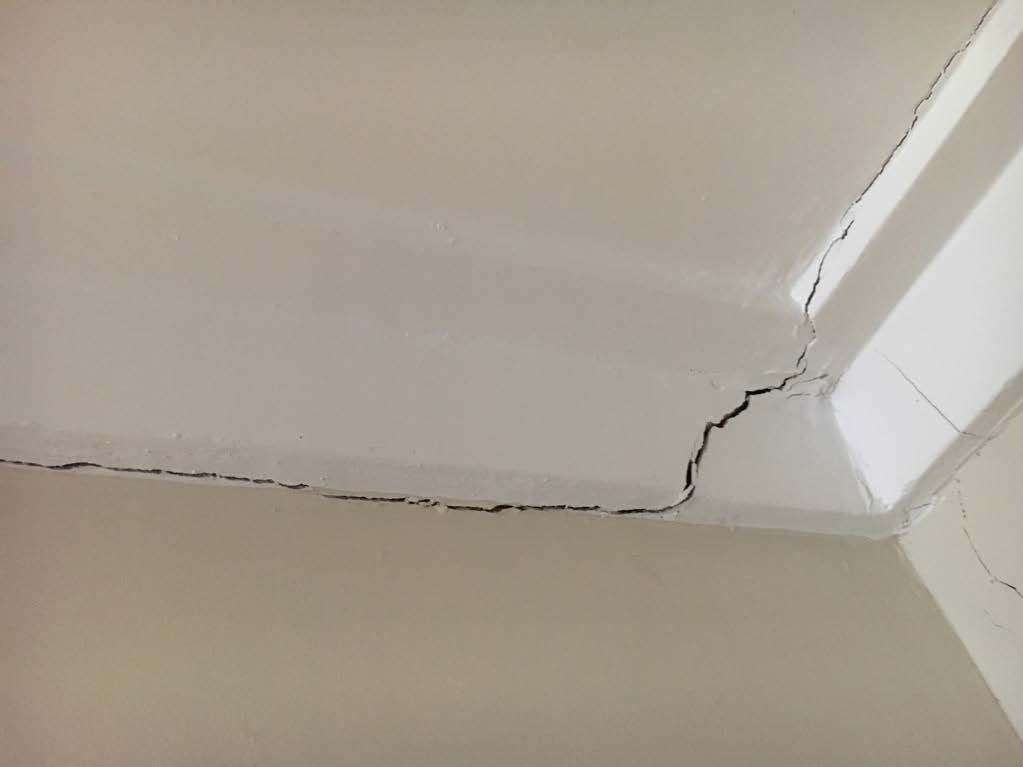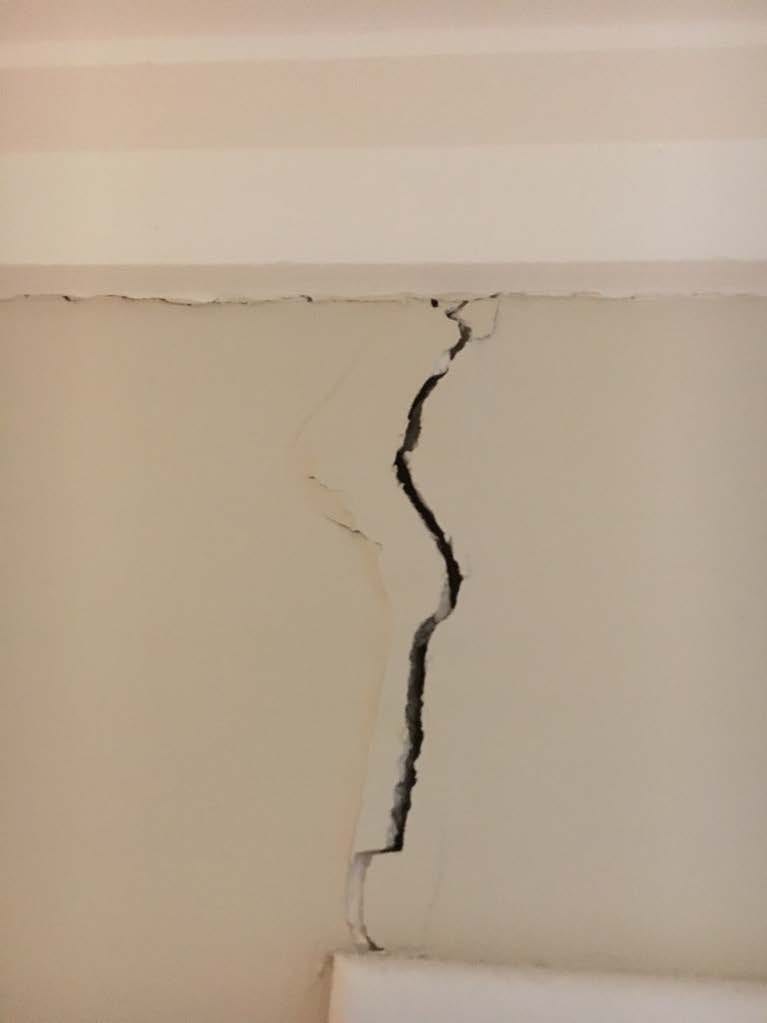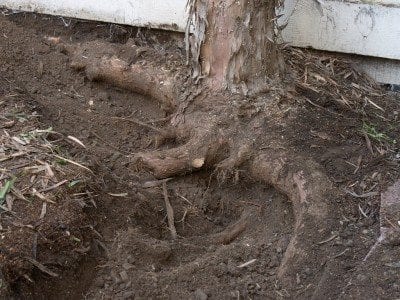YOU’VE GOT WALL CRACKS – WHY ARE THEY THERE AND WHAT CAN YOU DO ABOUT THEM?

Wall Cracks – the types of wall cracks and causes explained
Wall cracks can be ugly, but they can also be a sign that something structurally significant requires your attention. The good news is that often cracks are caused by minor settlements over time and that nothing serious is going on at all. Crack walls will be assessed as part of the pre-purchase building inspection, but the question is how do you know? If walls have been sealed and freshly painted for the home open it can be almost impossible to tell what is hiding underneath them.
Types of Wall Cracks
Wall cracks fall into three main categories:
1. Exterior wall cracks such as cracks in the brickwork, surface or rendering of external walls;
2. Interior wall cracks such as cracks in the plasterboard or gyprock;
3. Cracks in foundation walls.
To determine how serious a wall crack is and whether it is symptomatic of structural failure, it can be assessed by inspecting the following:
1. The location of the wall crack;
2. Whether it is a jagged, horizontal or vertical wall crack;
3. Whether there is separation in the materials used to construct the wall or separation of the wall from the framework;
4. What caused the wall crack;
5. Whether that cause is ongoing and/or whether there is likely to be a recurrence.

Gaping cracks are a good indicator of a serious structural problem. Zig-zag cracks or stair-step cracks following the mortar line in the brick walls of your property may point to a structural defect in your property.
The problem could be significant if you have a complete separation in the mortar or cement between bricks. If you can see through a crack or if a broken brick is able to be removed, it’s imperative to call in an expert as a matter of priority.
Common Causes of Wall Cracks
Tracking down the cause or causes of wall cracks is the first step in making any assessment as to the seriousness and cost of repairing wall cracks. Likely causes might include some of the following:
1. Settling and Subsidence Some degree of excavation of the soil is usually required when a home is first built. How much excavation work has been carried out will vary with the type of home you have. Some types of homes require more soil disruption than others in the course of their construction. Disturbed soil will become compacted and settle over time, causing a wall to crack. This process can take months or even years to occur. Natural settling will often cause narrow vertical cracks as opposed to big jagged cracks.
Minor settling is a normal process that occurs over time. However, significant downward motion in the soil (subsidence) under a wall may create structural faults. Significant subsidence can occur when soil is washed away (for example through a gradual leak or sudden flooding), compacts too much or collapses.

2. Earth works within 50m of your property If you live in an area such as a new housing estate or in close proximity to a construction site or earthworks for road extensions for example then you may experience wall cracking or increases in length and breadth of your current cracks. The use of heavy machinery, vibration, excessive mechanical compaction of the soil or blasting can all cause your walls to crack. If your wall cracks appear following construction in your area you should seek an urgent assessment of the cracks. If you are aware of works starting in your area, a pre-construction or dilapidation report can be done to protect you by one of our inspectors.
3. Reactive Soils A reactive soil is a type of soil that expands dramatically when moist and contracts when dry. Clay is just one example of a reactive soil. Non-reactive soil types include sand and gravel. Soil testing can assist in identifying whether your soil is reactive and might be contributing to your wall cracks.
4. Poor design and workmanship Wall cracking can also occur in circumstances where your property or part of it (eg. an extension) has been poorly-designed or constructed. Too much weight on a load-bearing wall can contribute to wall cracks. Inferior, flawed or faulty building materials or under engineered footing design can also contribute to the emergence of wall cracks.

5. Trees with heavy root systems in close proximity to the property Trees often have invasive root structures that can also contribute to wall cracking. You should ensure that you do not have anything other than small shrubs or bushes in close proximity to your walls. Aside from destructive roots, trees can also contribute to wall cracking by removing water from the soil and affecting the soil’s moisture content.
The removal of a large tree from an area that is in close proximity to your walls may cause cracking because it can destabilise the soil in the space previously occupied by the root system. It can also lead to changes in the moisture levels of the soil or settling over time.
6. Water Damage Blocked gutters, flood damage, garden sprinklers, blocked or leaking pipes can all cause wall cracks and they can have the effect of saturating or even washing away soil.
7. Wear and tear of building materials Building materials can vary and degrade over time. Workmanship quality when mixing cement or applying plaster can vary and be subject to the worker on the day. Gravity, weathering, rotting or poor maintenance can all impact the quality of building materials as well. When a building material starts to degrade, its structural integrity might be undermined, causing it to succumb to gravity. This can cause wall cracks to appear. Concrete cancer is another possible culprit of wall cracking. This occurs when the steel reinforcements in concrete start to rust and degrade following exposure to moisture and salt.
If your wall cracks don’t look like this, should you still be worried?
Repairing and sealing wall cracks
There are many options for repairing wall cracks. It’s relatively easy to hide wall cracks if they are hairline cracks. Minor cracking that is purely cosmetic can be repaired or sealed with filler and paint.
However, if your wall cracks are caused by an underlying structural defect then repairs can be much more costly, time-consuming and inconvenient. The longer you wait, the more expensive the problem becomes. Repair options for significant wall cracks necessitate getting an expert assessment of the underlying cause of the crack to be addressed first.
The repair process may include: Reblocking or restumping, Levelling and underpinning or in extreme cases, demolition and reconstruction.
Only an expert can advise you as to your best options. This may also call for the involvement of multiple tradespeople including builders, plumbers or tree loppers.
How Much Will it Cost You to Repair Wall Cracks?
Wall cracks can be very expensive to repair if there are structural problems involved. If you ignore wall cracks, however, the costs can be much greater; you may find yourself with a home that becomes completely uninhabitable or even condemned.
Be proactive about wall cracks. Document them by taking photographs and include a ruler in the frame of the photo so that you can compare and track the progress of any cracks over time. Make sure that the obvious causes are eliminated.
Contact a qualified building inspector for an assessment of the severity and likely cause of cracks in your walls. They can assist you with repair suggestions and give you some cost-effective solutions to maintain the structural integrity of your home.
